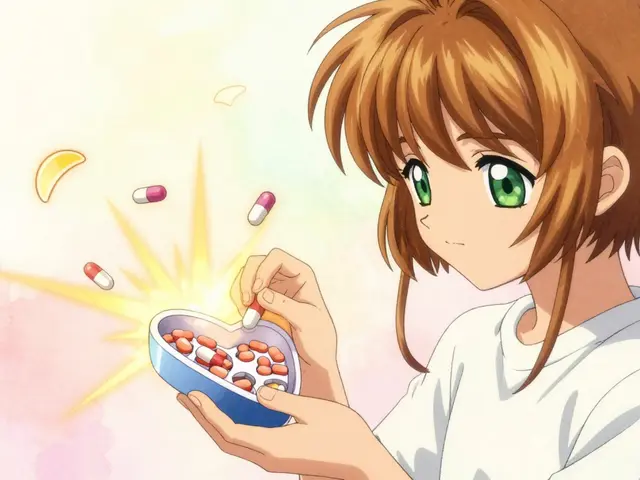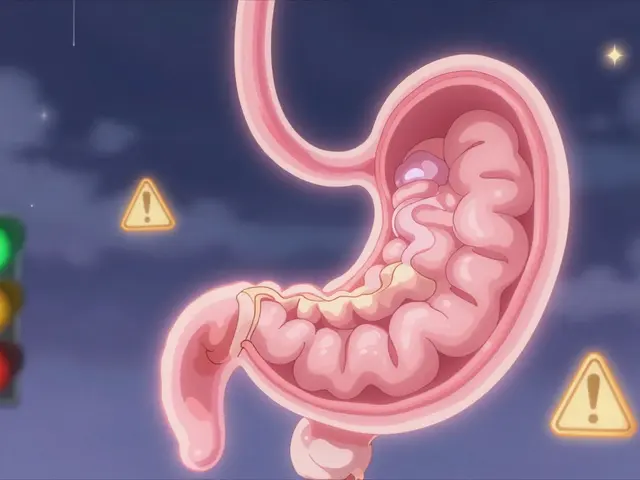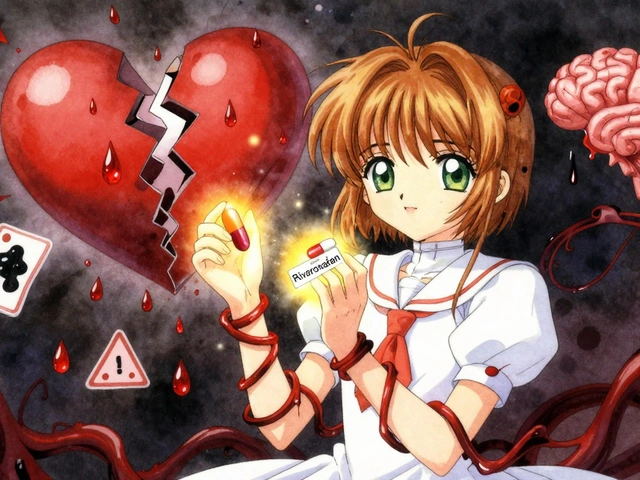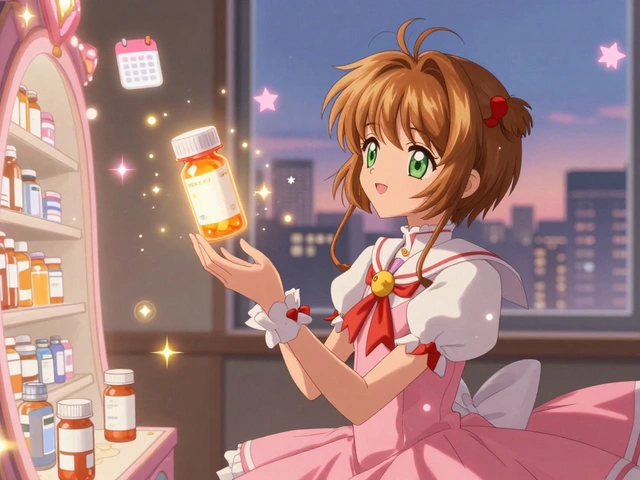Nifedipine: What it is and how it works
Nifedipine is a calcium channel blocker used to lower blood pressure and treat chest pain (angina). It relaxes the small arteries, making it easier for your heart to pump and for blood to flow. Doctors prescribe immediate-release nifedipine for short-term blood pressure control and extended-release forms for steady daily control.
How quickly will you feel it? Immediate-release tablets can lower blood pressure within 20–30 minutes, which is fast. Extended-release versions release medicine slowly, so you get a steady effect over 24 hours and fewer peaks and dips.
Common uses and typical dosing
People take nifedipine for high blood pressure, angina, and sometimes Raynaud’s phenomenon. Typical starting doses vary: for extended-release, doctors often start with 30 mg once daily and adjust as needed. Immediate-release doses are smaller and taken more often. Never change dose or form without checking your provider—switching between immediate and extended-release affects how the drug works.
Older adults may need lower doses. If you have liver problems, your provider will watch you closely because the body clears nifedipine more slowly.
Side effects, interactions, and safety tips
Common side effects include flushing, headache, dizziness, and swollen ankles. These come from blood vessels widening. If you feel sudden lightheadedness, faint, or have a fast heartbeat, stop activity and sit down, then call your doctor. Severe low blood pressure or allergic reactions are less common but need urgent care.
Nifedipine interacts with several drugs. Avoid grapefruit and grapefruit juice—they can raise nifedipine levels and cause too-low blood pressure. Tell your doctor about other blood pressure meds, strong antibiotics, antifungals, some heart drugs, and drugs that affect liver enzymes (CYP3A4). Combining with other vasodilators can boost side effects.
Pregnant people should discuss risks and benefits with their obstetrician—some forms may be used in pregnancy but only under medical supervision. If you’re breastfeeding, check with your provider because small amounts pass into breast milk.
Stop nifedipine only with advice from your doctor. Abruptly stopping can rebound with high blood pressure or chest pain. If you miss a dose, take it as soon as you remember unless it’s almost time for the next dose—don’t double up.
Monitoring matters: your doctor will likely check blood pressure, heart rate, and liver function at first, and may ask about swelling or persistent headaches. Keep a log of blood pressure readings at home and share any worrying symptoms.
Want to learn more? Our site tags related articles on blood pressure drugs, alternatives, and safety tips—handy if you’re comparing options or managing side effects. Always use nifedipine under medical guidance and bring up any questions during your next visit.
Nifedipine is available as a low-cost generic in many countries, which helps reduce cost barriers. Check your pharmacy for extended-release options if you prefer once-daily dosing. Store tablets at room temperature away from moisture and heat. If you plan surgery or dental work, tell the medical team you're taking nifedipine—some procedures and anesthesia may affect blood pressure. Keep a current list of medicines with you. Ask your pharmacist any questions.
Nifedipine and Fatigue: Simple Tips to Boost Your Energy Everyday
Struggling with tiredness while taking nifedipine? Many folks using this blood pressure medication feel wiped out and wonder why their energy disappears. This guide breaks down why nifedipine causes fatigue, shares must-know facts, and gives realistic, actionable tips for getting some pep back in your step. Find out what actually works, backed by science and real-world experiences. Learn how to tweak your routine, what habits help, and when it’s time to call your doctor about your tiredness.






